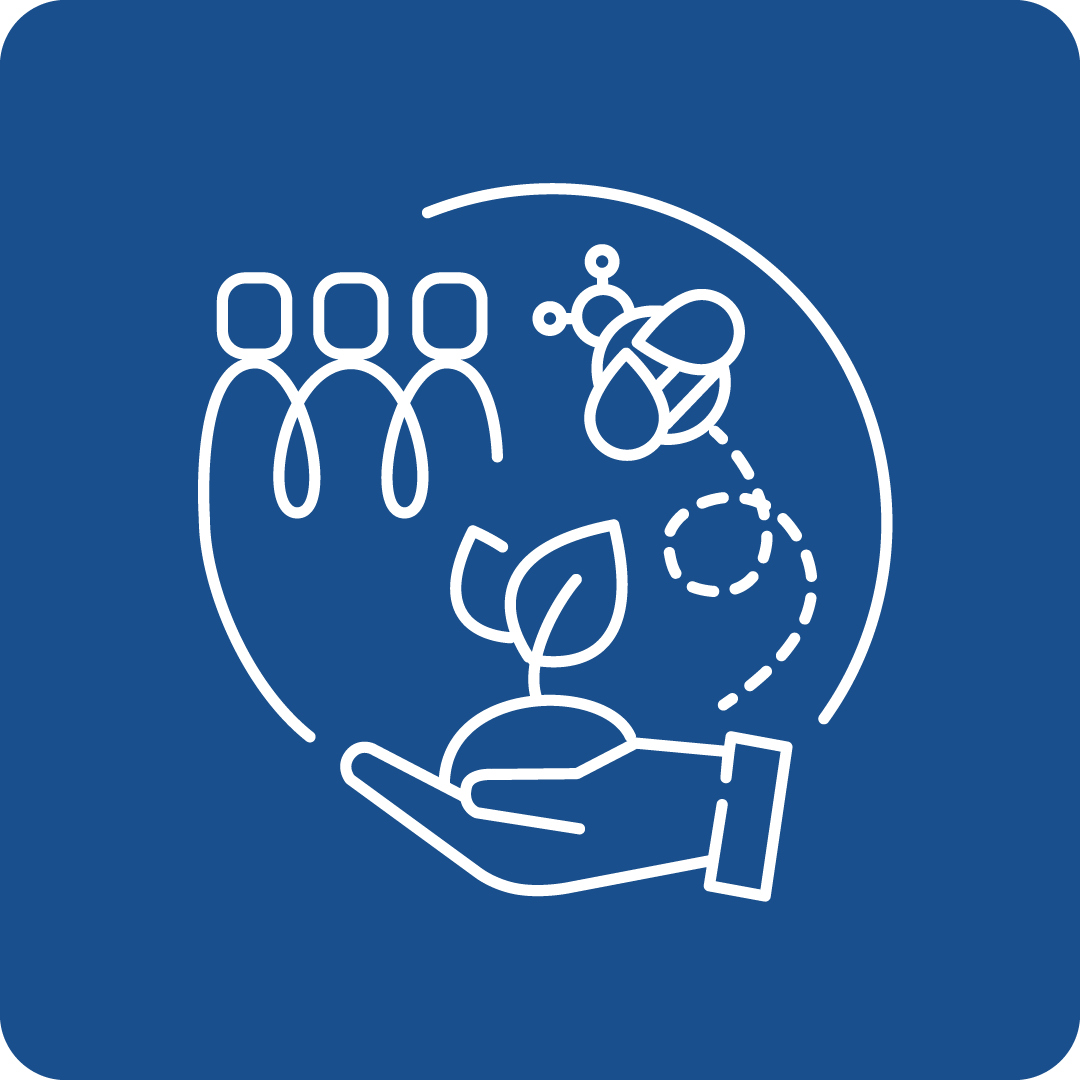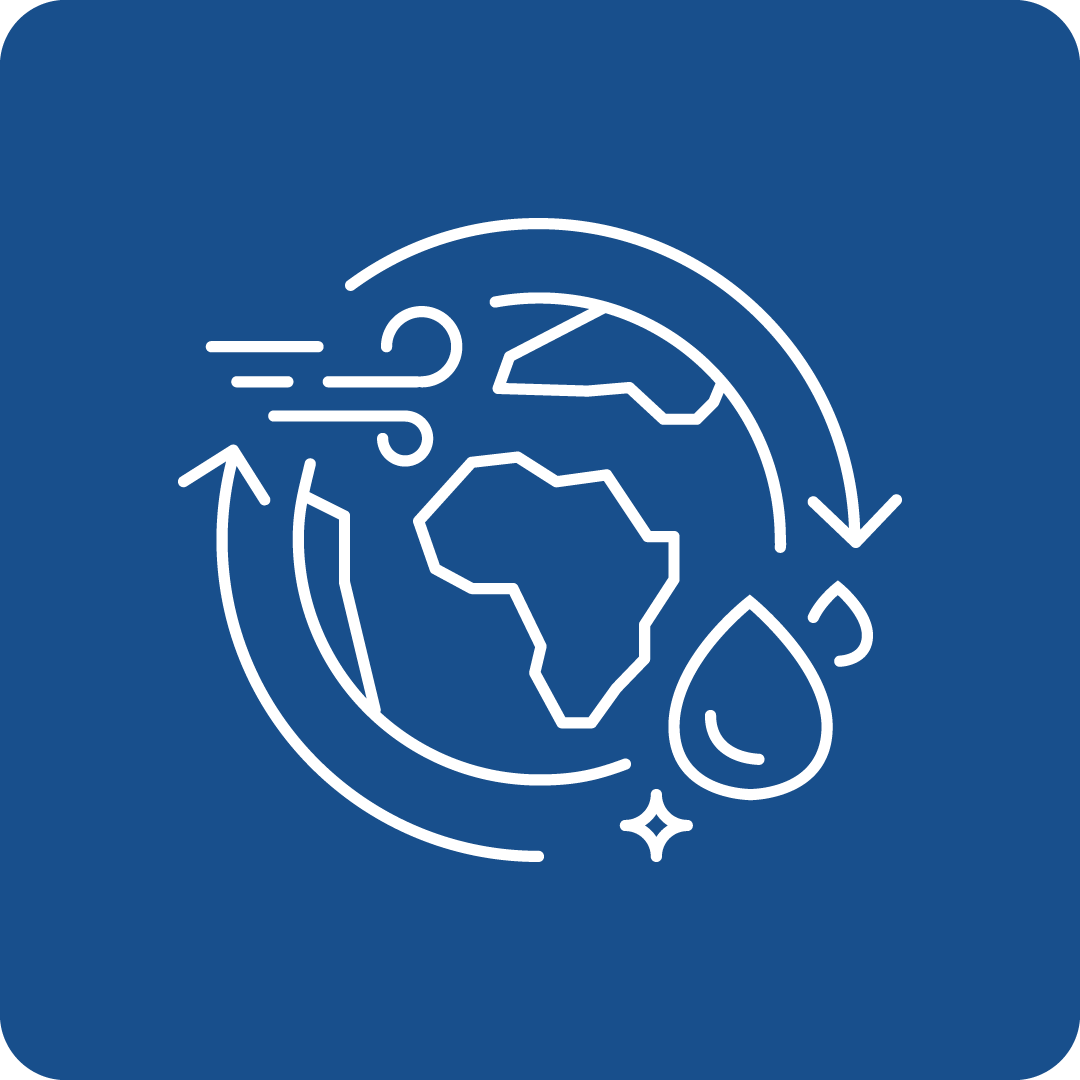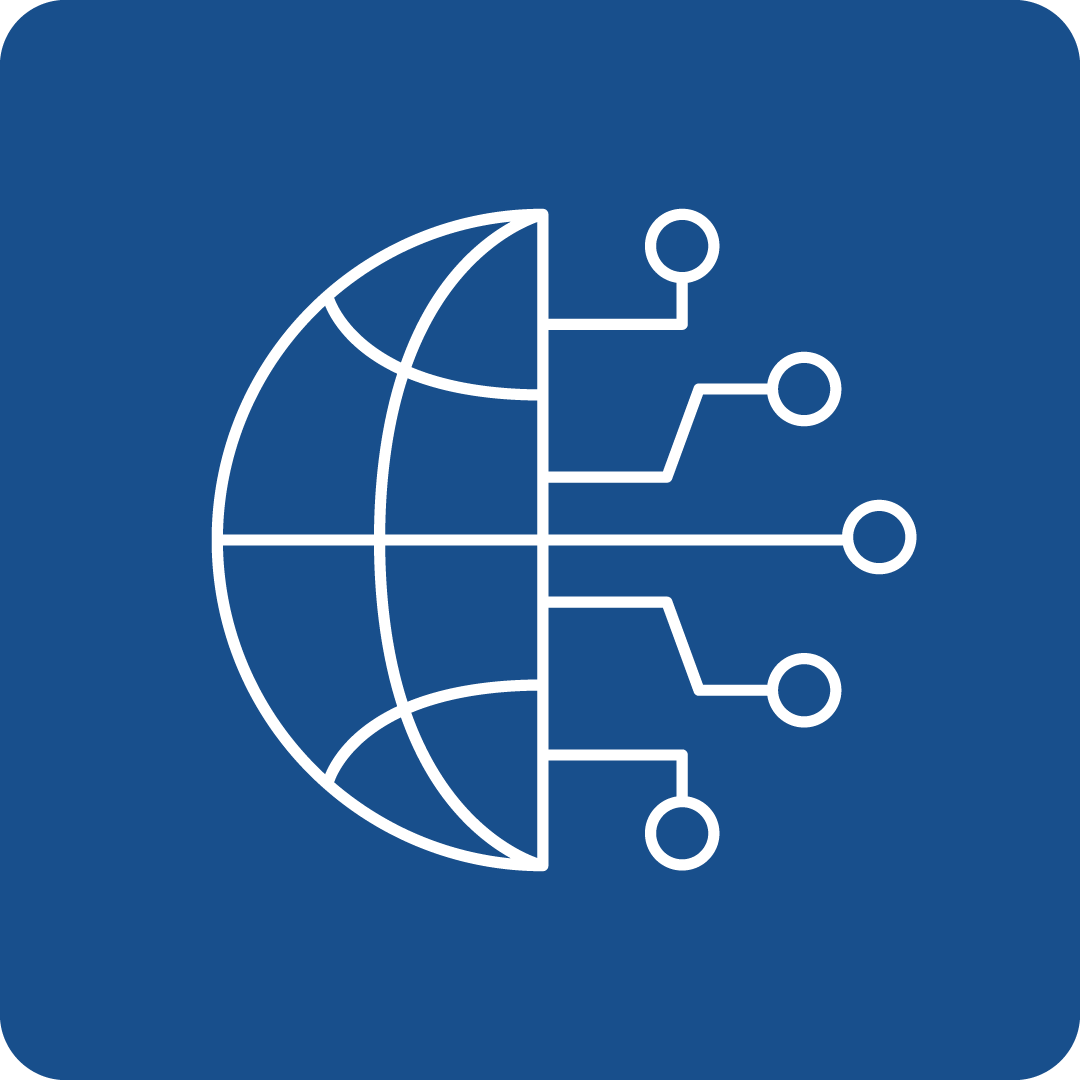Filter Search for grants
Call Navigation
Deadline expired
The deadline for this call has expired.
Call key data
Interreg Alpine Space - Third Call for Proposals
Funding Program
Interreg Alpine Space programme
deadlines
Opening
22.04.2025
Deadline
10.07.2025 13:00
Funding rate
75%
Call budget
€ 27,800,000.00
Estimated EU contribution per project
between € 1,000,000.00 and € 3,000,000.00
Link to the call
Link to the submission
Call content
short description
The Alpine Space programme is a European transnational cooperation programme that funds alpine-wide projects. It provides a framework to connect stakeholders from various sectors and different policy levels from seven Alpine countries. Key players from academia and administrative, business and innovation sectors, as well as policy-makers work together to tackle common challenges and develop joint solutions for the Alpine area. Sharing their experiences and expertise, they strive towards improving the quality of life for the Alpine citizens.
Call objectives
This call for project proposals is aimed at co-financing classic projects under the thematic priorities 1, 2 and 3, limited to the following specific objectives (SO):
Priority 1: “Climate resilient and green Alpine region”
Specific objective: “Enhancing protection and preservation of nature, biodiversity and green infrastructure, including in urban areas, and reducing all forms of pollution"
The Alpine region marks a transnational biodiversity hotspot; even though it is situated within one of the most densely inhabited and connected areas in Europe. This particular context calls for urgent action. Alpine biodiversity and ecological connectivity have been under pressure for many decades, especially since the second half of the last century. Human activities, land use, exploitation of natural resources and pollution lead to habitat fragmentation and loss of biodiversity and cultural landscapes. Additionally, consequences of climate change (e.g. heat, drought) as well as certain climate mitigation and adaptation measures (e.g. the reinforced use of wind- or hydropower in sensitive regions) pose threats to Alpine biodiversity. The on-going and predicted reduction of living space and biotope fragmentation causes high los ses in biodiversity and reduces ecosystem services. The need to reduce biotope fragmentation and loss as well as to foster the connectivity of ecosystems is therefore high.
Priority 2: “Carbon neutral and resource sensitive Alpine region”
Specific objective: “Promoting the transition to a circular and resource efficient economy”
Fostering circular economy is one of the main thrusts of the European Green Deal. Circular economy refers to sustainable systems that treat resources as particularly valuable and attempt to close the resource loop. The principles of avoiding “waste” and trying to keep resources in use for as long as possible are relevant for the entire production-cycle. In this regard, circular economy is a far broader approach than just recycling or waste management. It strongly supports sustainable development, the mindful use of resources, climate- neutrality and both climate change mitigation and adaptation. Concerning the situation with COVID-19, circular economy is also widely assumed to be a suitable approach to tackle the crisis, strengthen resilience and support a “sustainable restart” of the social and economic system. In this global crisis, the importance of regional and local value chains became clearly visible. Circular economy approaches appear to be very suitable for supporting the needs of sustainable economic development, climate-protection and social adaptation in the Alpine region.
Priority 3: “Innovation and digitalisation supporting a green Alpine region”
Specific objective: “Reaping the benefits of digitisation for citizens, companies, research organisations and public authorities”
Digitalisation offers opportunities to address joint challenges, which are particularly prominent in mountainous areas such as the Alpine region. New digital tools can be developed to increase resilience of Alpine regions and mitigate the impacts of accessibility problems and remoteness coupled with negative demographic situations in many regions. Such increased flexibility can be particularly attractive in the context of the territorial specificity of the Alps as well as its ambition to become climate resilient, carbon neutral, green, inclusive and resource sensitive. Due to the emergence of COVID-19, the need to support digital transition in these fields in an inclusive way in all regions became even clearer. Individual lives as well as working modes in both public and private sector have been transformed as more location-flexible. This has created a “window of opportunity” for strengthening and making use of digitalisation to support life and work of citizens to enforce sustainable development even in the face of external challenges. Digitalisation can contribute to finding solutions for more efficient, innovative and effective solutions that support a shift to climate resilience, carbon-neutrality, green and resource sensitivity. In the context of the private sector, it also facilitates the implementation of greening practices by businesses and associations as well as ensuring consideration concerning the exclusion of negative impacts of digitalisation on the environment. Principles that should be pursued in these activities are the inclusion of appropriate groups, such as policy-makers or the civil society, as well as safeguarding that any activities have a positive environmental impact.
read more
Expected effects and impacts
Interreg Alpine Space classic projects offer a result-oriented approach, helping to identify the expected contribution of projects in a defined policy field. These projects can tackle a wide range of challenges, and depending on the maturity of the topic subject to cooperation, they may address several phases of the policy cycle which are:
- Strategic policy development activities through the elaboration of common strategies or methodologies;
- Explorative and piloting activities to test models or tools and validate solutions that are applicable to different contexts;
- Dissemination and capitalisation activities to encourage policy implementation across sectors and regions.
Expected results
Compared to previous calls of the current programme period, the present call focuses on a limited set of topics to be addressed under each of the three open specific objectives. Applicants should be aware that proposals falling outside the themes outlined below will not be considered relevant in the evaluation and selection process.
Specific objective: “Enhancing protection and preservation of nature, biodiversity and green infrastructure, including in urban areas, and reducing all forms of pollution"
- Piloting and testing solutions for biodiversity restoration (e.g. improving transnational coordination and vertical policy integration) and enhancing ecological connectivity;
- Applying Nature-Based Solutions (NbS), for example to improve the quality of air, water or soil;
- raising awareness on their co-benefits and fostering their horizontal integration into public policies, especially in land-use and spatial planning;
- Deepening support to Green and Blue Infrastructure (GBI) specifically in urban, peri-urban, and rural areas (e.g. integrating social, cultural, and economic positive impacts);
- Valorising natural and cultural heritage to safeguard landscapes or reduce their fragmentation;
- Developing mitigation and adaptation measures addressing the consequences of permafrost thawing and glacier retreat, especially relating to ecosystem changes and hazard mitigation, as well as foresights on the adaptation of territories in post-glacial Alpine region.
Specific objective: “Promoting the transition to a circular and resource efficient economy”
- Testing consumer engagement methods and horizontal initiatives supporting the transition to a circular economy and resource-efficient economy through behavioural change;
- Promoting a balanced development of the Alpine region, to ensure synergetic territorial transformations across both rural and urban areas, countering polarization tendencies through pilot actions;
- Fostering stakeholder integration and consolidation of economic clusters, including creation of joint approaches for circular products. Such initiatives should aim at supporting circular undertakings by pooling resources, facilitating their contribution to policies, and market development.
Specific objective: “Reaping the benefits of digitisation for citizens, companies, research organisations and public authorities”
- Developing, testing or mainstreaming digital solutions, including in areas not yet explored by projects, such as education, public administration and the renewable energy sector;
- Developing or rolling-out solutions for data monitoring and cybersecurity, with a particular interest for harmonised data collection across borders, privacy and data protection (e.g. in public administrations);
- Testing solutions to reinforce user inclusivity towards non-digital natives and marginalized groups in digital transformations;
- Developing and testing joint solutions to support SMEs, associations, citizens in their digital transformation, with the overarching aim to increase environmental sustainability, especially in the areas of tourism, mobility and social innovation.
read more
Eligibility Criteria
Regions / countries for funding
eligible entities
Education and training institution, Non-Profit Organisation (NPO) / Non-Governmental Organisation (NGO), Other, Private institution, incl. private company (private for profit), Public Body (national, regional and local; incl. EGTCs), Research Institution incl. University, Small and medium-sized enterprise (SME)
Mandatory partnership
Yes
Project Partnership
Applicants need to keep in mind the following cornerstones:
- Please consider that the lead partner shall be a public or public equivalent institution. A good mix of project partners including implementation-oriented organisations, the local level and multipliers should be considered.
- Eligible expenses from EU Members States are co-financed and reimbursed up to 75%.
- In order to ensure transnationality, the partnership must involve at least four different countries of the programme area (including the lead partner)
Furthermore, project applicants are strongly encouraged to consider the reference values as outlined below:
- The total financial size of each project shall range between EUR 1 and 3 million.
- The duration of the projects shall range between 24 and 36 months.
- The partnership shall involve 7 to 12 partners (including the lead partner).
- The work plan shall be composed of 3 work packages.
The Interreg Alpine Space programme welcomes organisations from the public and private sector. A wide range of bodies can take part in a project, such as national, regional, local authorities, universities, R&D-agencies, companies, NGO, etc.
Transnational cooperation projects bring together project partners from the seven countries participating in the programme (Austria, France, Germany, Italy, Liechtenstein, Slovenia and Switzerland), to work on a shared challenge and achieve innovative solutions that can be applied transnationally but also regionally or locally. The project partnership shall be composed in a way that is adequate for the objectives, which the project intends to follow.
The development of these joint solutions requires enthusiasm and commitment during project development and implementation. Transnational cooperation enables the establishment of strong and lasting ties with partners in other Alpine regions. The partnership composition is crucial to leverage respective knowledge and ensure the uptake of results. When choosing your partners, consider that the topics can be tackled from different angles and solutions developed should be also practically anchored.
other eligibility criteria
The Interreg Alpine Space Programme programme area stretches across five EU Member States and two non-EU Member States. It covers all regions of Austria, Liechtenstein, Slovenia and Switzerland, and selected regions in France, Germany and Italy. France participates with Alsace, Franche-Comte, Provence-Alpes-Côte d’Azur and the region of Rhône-Alpes. Germany participates with Oberbayern, Niederbayern, Oberpfalz, Oberfranken, Mittelfranken, Unterfranken, Schwaben, Stuttgart, Karlsruhe, Freiburg an the region of Tübingen. Italy participates with Lombardia, Friuli Venezia Giulia, Veneto, Provincia Autonoma di Trento, Provincia Autonoma di Bolzano / Bozen, Valle d'Aosta / Vallée d'Aoste, Piemonte and the region of Liguria.
Projects shall develop new insights, approaches and solutions for future-proofing the Alpine region. The project submission follows a 2-step approach. In the second step of the application process, proposals are required to elaborate on their communication action. This is essential to inform and involve target groups in the activities, to communicate the findings, results and impacts of the projects and to enable stakeholders to uptake the solutions developed. Project proposals should define communication objectives for each work package and specific communication activities/deliverables across the work plan (e.g. transfer action plan). They may also take advantage of synergies with forthcoming events or campaigns (e.g. EUSALP, Alpine Convention, regional/national level) and should earmark sufficient resources for project communication and dissemination.
All projects are expected to contribute with innovative solutions to help the programme reach its objectives. To address efficiently the thematic focuses defined above, the following approaches have been identified as pertinent, and project applicants shall consider at least one of them
- Cross-sectoral solutions: the thematic focuses present challenges to the Alpine territories and involve a diverse range of stakeholders. The solutions developed to address these issues require collaboration across different sectors and the integration of various actors' perspectives to facilitate effective implementation (incl. piloting and customizing successful approaches from other projects/regions to specific territories).
- Transformation pathways: projects are expected to develop or roll out cross-sectoral approaches to address large-scale transformation processes such as the green, digital, and just transitions. These pathways require collaboration across different economic sectors and stakeholders aiming to develop joint solutions and strategic vision (incl. definition of objectives, specific implementation steps, roles and responsibilities). The solutions developed by projects should strive to align with and make a positive contribution to these larger processes.
- Explorer/innovation networks: projects are encouraged to make use of existing innovation approaches (e.g. creativity methods like design thinking or strategic exploration) and structures like innovation clusters that have potential for implementation in other sectors, merging topics that would profit from a cross-sectoral viewpoint, fostering transfer between innovation ecosystems.
The programme also welcomes new or even experimental approaches. The programme is therefore particularly suited to testing new methods in a transnational network.
With its 3rd call for classic project proposals, the Interreg Alpine Space programme offers up to 27,8 million EUR ERDF for transnational cooperation projects, broken down as follows:
- Specific objective: “Enhancing protection and preservation of nature, biodiversity and green infrastructure, including in urban areas, and reducing all forms of pollution" - € 12,700,000
- Specific objective: “Promoting the transition to a circular and resource efficient economy” - € 6,600,000
- Specific objective: “Reaping the benefits of digitisation for citizens, companies, research organisations and public authorities” - € 8,500,000
Additional information
Topics
Relevance for EU Macro-Region
EUSAIR - EU Strategy for the Adriatic and Ionian Region, EUSALP - EU Strategy for the Alpine Space, EUSDR - EU Strategy for the Danube Region
UN Sustainable Development Goals (UN-SDGs)
![]()
![]()
![]()
![]()
![]()
![]()
![]()
project duration
between 24 and 36 months
Additional Information
The project application follows a two-step procedure. In the first step, applicants need to submit a short version of the application form (AF step 1) via the Joint Electronic Monitoring System (JEMS). Promising proposals will be selected and invited to submit the full application form (AF step 2). Guidance on how to fill out the application form is provided in the programme manual annexes (Annex Ia, page 3–29). Technical guidance for JEMS is available on the dedicated webpage.
What is the indicative timeline?
| Step | Description | Indivative date or period |
| 1 | Publication of the call | 22 April 2025 |
| 2 | Opening of submission on Jems | 13 May 2025 |
| 3 | Deadline for submitting (AF step 1) | 10 July 2025 at 13:00 |
| 4 | Assessment | July – October 2025 |
| 5 | PC decision and invitation to submit full proposal |
Mid-November 2025 |
| 6 | Lead Applicant Seminar | End of November – Early December 2025 |
| 7 | Deadline for submitting (AF step 2) | 29 January 2026 at 13:00 |
| 8 | Assessment | February - April 2026 |
| 9 | PC decision | End April – early May 2026 |
| 10 | Get started seminar | May 2026 |
| 11 | Project start | June 2026 |
Call documents
Interreg Alpine Space ToR Call 3Interreg Alpine Space ToR Call 3(762kB)
Interreg Alpine Space Programme Manual (Vers. December 2024)Interreg Alpine Space Programme Manual (Vers. December 2024)(2558kB)
Contact
js@alpine-space.eu
Website
Interreg Alpine Space National Contact Points (NCPs)
Website
To see more information about this call, you can register for free here
or log in with an existing account.
Log in
Register now



